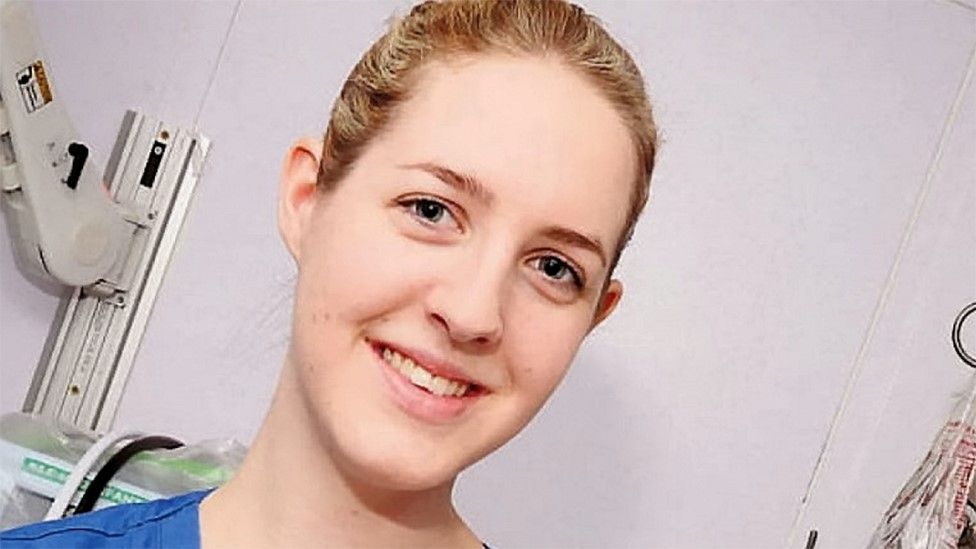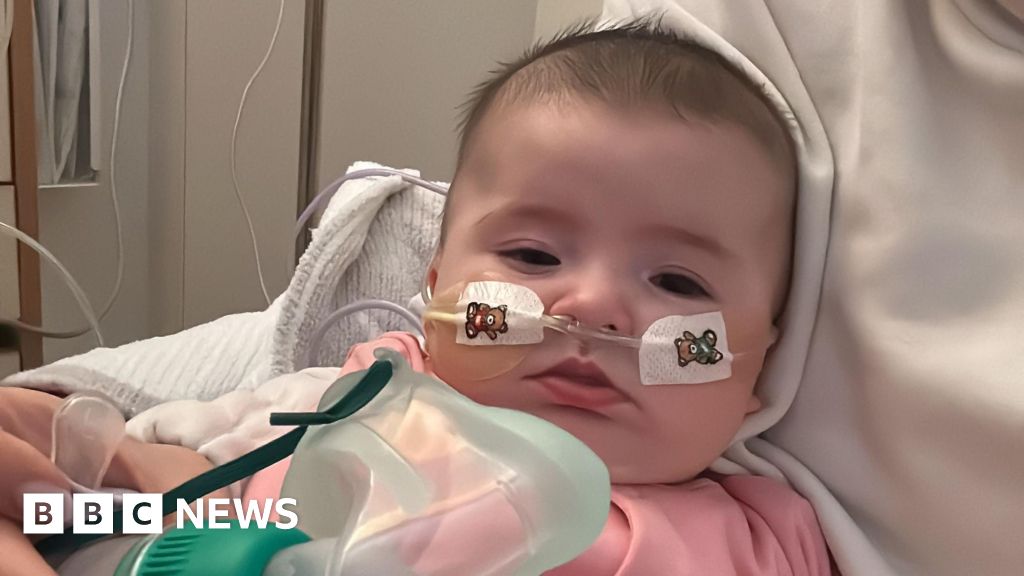ARTICLE AD BOX
 Image source, SWNS
Image source, SWNS
Lucy Letby is accused of murdering seven babies and trying to kill 10 others
A medical expert has told the trial of nurse Lucy Letby how he noticed a "quite disturbing and quite unusual" pattern in the deaths of babies she is accused of murdering.
Ms Letby is charged with killing seven babies and attempting to murder 10 others at the Countess of Chester Hospital in 2015 and 2016.
Ms Letby, 32, denies 22 charges.
Expert Dr Dewi Evans was approached by the National Crime Agency to review the case in 2017.
Giving evidence at Manchester Crown Court, Dr Evans said: "The concern was that there had been a number of deaths in the Countess of Chester that had been unusual.
"There were far more deaths than they would expect. There was collapses in babies that were otherwise quite stable, but in many of the cases resuscitation was not successful."
Dr Evans said "a pattern became apparent", which he described as "quite disturbing and quite unusual."
It is alleged Ms Letby injected air into the bloodstream of a baby referred to in court as Child A, shortly after she came on shift in June 2015, just over 24 hours after his premature birth.
The prosecution alleges she used the same method to attack his sister, Child B, on the following night shift.
Dr Evans told the court that a review of Child A's records showed that the baby boy was in a "stable condition" before his collapse.
He said: "He was as well as could be expected, all the markers of wellbeing were very satisfactory.
"He was doing really, really well and everyone on the unit would have been really pleased with the way he was."
Image source, PA Media
Image caption,The nurse worked on the neonatal ward at Countess of Chester Hospital
Dr Evans said the circumstances of Child A's collapse led him to the conclusion that "air had somehow got into his circulation".
He ruled out other conditions such as sepsis, a lack of fluids or hypoxia as causes, or contributing factors to the collapse.
He said he had "only one" conclusion, that Child A had received an air embolism,"through an intravenous line.
He said with the systems in place, and the medical equipment, and medical staff being "obsessive" about making sure patients were not injected with air, "there was no way this could have been done by accident".
Jurors earlier heard from a doctor, who cannot be named for legal reasons, who was on shift the night Child B fell ill.
Reading her notes from that night, the doctor told the court: "Baby suddenly stopped breathing. Purple blotching of body all over with slowing of heart rate".
Subsequent blood observations taken were "good" and no more tests were ordered, but the doctor remained "puzzled" over the purple rash.
She said: "It was so florid, it came out of nowhere. One-and-a -half hours later it was completely gone".
Why not follow BBC North West on Facebook, Twitter and Instagram? You can also send story ideas to northwest.newsonline@bbc.co.uk
Related Internet Links
The BBC is not responsible for the content of external sites.

 2 years ago
40
2 years ago
40








 English (US) ·
English (US) ·